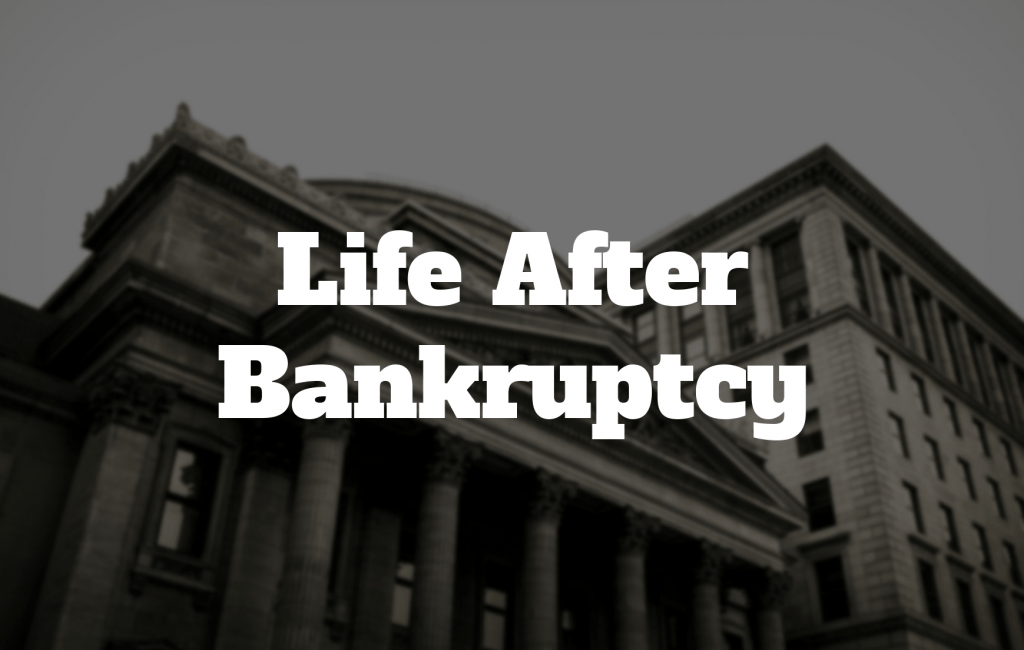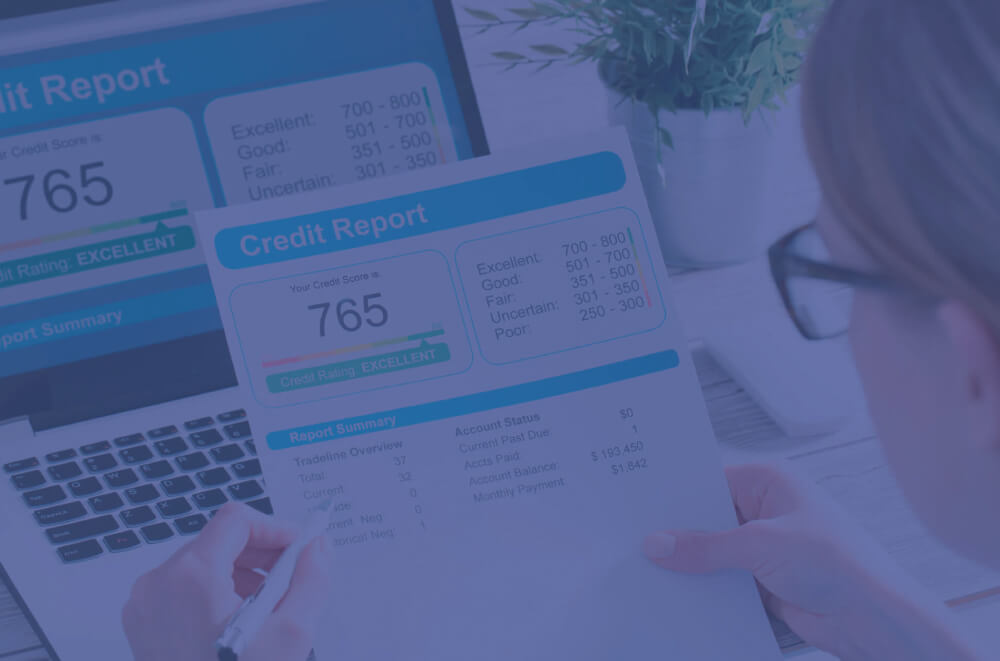Bankruptcy attorneys at Consumer Action Law Group are currently providing free consultations to residents that want to stop foreclosure In Riverside, California.
Benefits of Filing Bankruptcy That Riverside, California Residents May Not Know
LOS ANGELES & RIVERSIDE, Calif. – April 24, 2017 – PRLog — The word “bankruptcy” may sound frightening, but for many Riverside residents, it has become a word of hope. This is because filing for bankruptcy is now a popular legal strategy for stopping foreclosure and getting out of debt. Riverside bankruptcy attorneys explain exactly how filing bankruptcy is helping Riverside residents. What are the benefits of filing bankruptcy be in this case?
“The type of bankruptcy someone files depends on their circumstances,” said bankruptcy attorney Lauren Rode. “Chapter 7 and Chapter 13 bankruptcies are the most common for at-risk homeowners.” Indeed, they are common. Last year in Riverside County alone, there were about 8,065 chapter 7 and 1,962 chapter 13 bankruptcies filed. So why exactly are so many people filing bankruptcy?
Benefits of Filing Bankruptcy
When someone files for bankruptcy, they are asking to catch up once they have fallen behind on mortgage and car payments, as well as legally discharge debts they simply cannot pay. “Filing for bankruptcy enables someone to save their home and car, and also eliminate unsecured debts like credit cards, medical bills, and personal loan obligations.” California bankruptcy attorney Rode explained: “Bankruptcy can also help to remove second and third mortgages, as well as IRS back-taxes.” It also helps by protecting consumers from creditor harassment, by mail, phone, or lawsuit.
Chapter 7 Bankruptcy vs. Chapter 13 Bankruptcy
In order to protect bankruptcy law from being abused, the state has specific criteria for who can file each chapter.
Chapter 7 bankruptcy is a white flag, in which the debtor is asking for forgiveness on all unsecured debts. Conversely, a chapter 13 bankruptcy means that the debtor wishes to pay off secured loans such as home loans or car loans, but needs a new payment plan. In chapter 13 bankruptcy, the person’s property and assets are protected, such as savings accounts, home equity, and personal belongings. Chapter 7 offers a much more comprehensive elimination of debts but does not protect assets the same way as Chapter 13.
In order to determine who qualifies for bankruptcy, the court looks into a person’s income. “They use something called the ‘mean test,'” Bankruptcy lawyer Rode explained. “This combines their earned income, plus any additional income. If a debtor’s income is above the state median of $54,586, they may not qualify for chapter 7 bankruptcy in California, but usually, they can file chapter 13.”

How to File, And What to Expect
Bankruptcy is a complex legal process, and most people start by hiring a Riverside bankruptcy lawyer if they live in Riverside, California. Next, they must gather all necessary paperwork, including pay stubs and tax returns. Debtors are required to complete credit counseling classes before they file. After that, paperwork is filed and a hearing is held at the Riverside Bankruptcy courts. Once the actual filling is complete it must be reviewed by the court to pave the way for debt elimination and repayment.
Afterward, in Chapter 13, the person must follow the payment plan. This plan usually lasts 3 years if a filer’s income is below the state median, and 5 years if it is above. At the end of the repayment period, the filing party is free of any remaining balance on dischargeable loans.
Average Fees and Costs
Fees vary, but as of 2015, the cost of court filings for bankruptcy in Riverside County was $335 for chapter 7 and $310 for chapter 13. Attorney fees for Chapter 7 and 13 bankruptcies usually range from $750-4500, depending on the chapter and complexity of the case.
Free Case Evaluation
Anyone who lives in the state of California can talk to a Riverside bankruptcy attorney for free legal advice by calling 818-254-8413. Attorneys at Consumer Action Law Group will take the time to review any situation on the first call and recommend a smart course of action.












